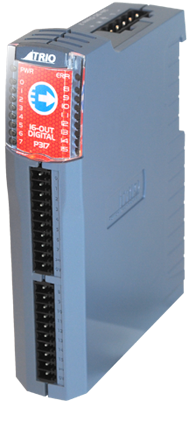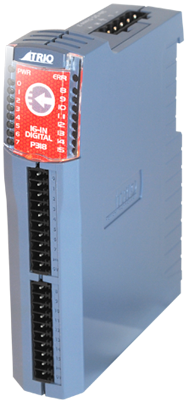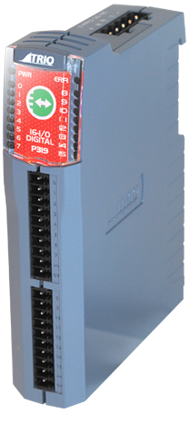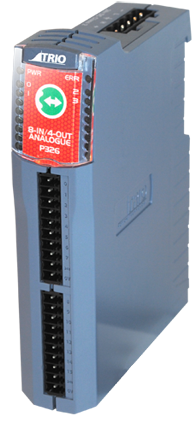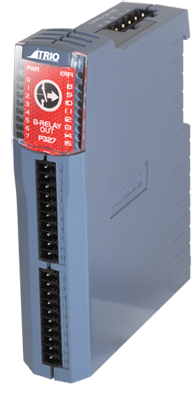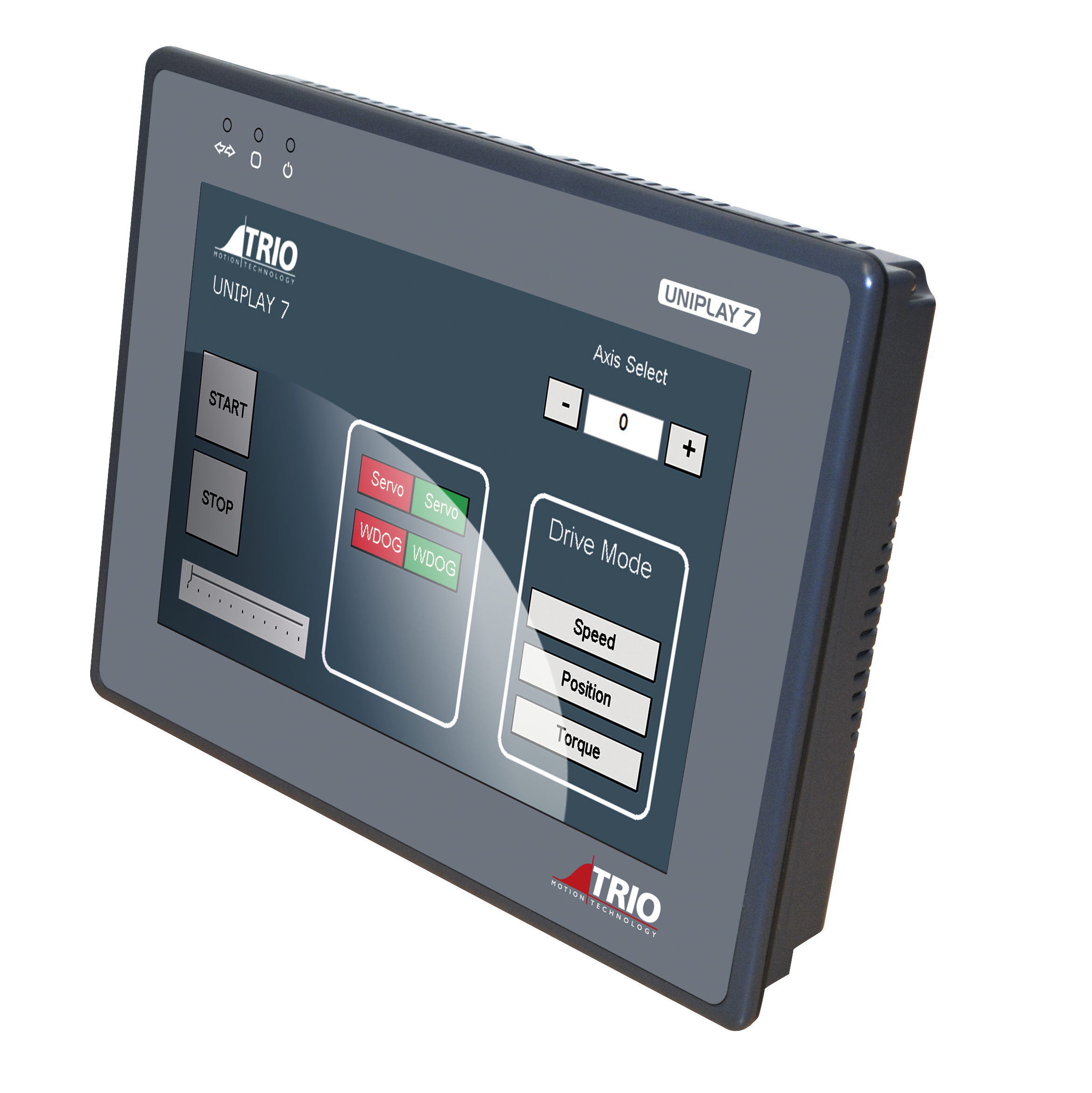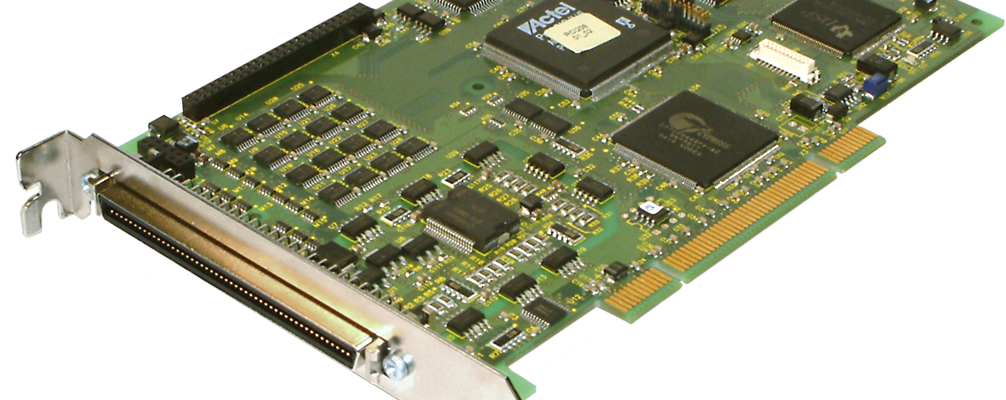
PCI 208
P180
Previous Generation
Not recommended for new projects!
The PCI 208 is based on a 120Mhz 32-bit floating point DSP supported by 8Mbits of SRAM, 32 Mbits of Flash memory and 128kbits of dual port RAM for PCI communications. A large FPGA provides for up to 8 stepper axes, or 8 axes with encoder feedback, or mixtures of the two, or up to 4 stepper axes with encoder verification.
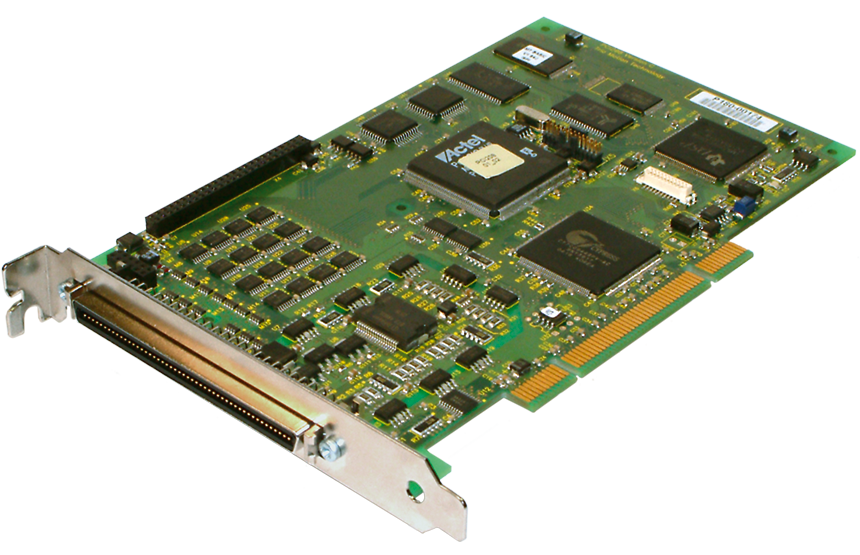
Highlights
- Short PCI Card
- 2-8 Axes Stepper/Servo control
- High Speed Dual Port RAM Interface
- OCX Software Component eases application software
- Opto-isolated IO (2 In / 10Out) with CAN I/O expansion
- 100 Way MDR Connector
- 2 CAN Interfaces
Ideal For:
For +/-10v input servo drives an optional mezzanine board provides 16 bit resolution voltage outputs and analogue inputs. A DIN rail mounting break-out board eases the wiring interconnections for low-volume applications.
The PCI 208 is designed for motion control applications centred around a PC. Application programs written on the PC can access its facilities easily using an OCX component. It is also possible to run application programs on the PCI 208 in multi-tasking TrioBASIC language or to use both programming techniques.
Programming
Trio's Motion Perfect development software can be used to monitor the execution of programs, IO and motion. Complex motion such as cams, gears, linked axes, and interpolation is made easy with the comprehensive command set.
The PC I208 has 20 opto-isolated digital 24v inputs and 10 opto-isolated outputs. The inputs can be used as high-speed hardware registration inputs for highly accurate control of print and packaging lines.
Expansion
The I/O count can be expanded using Trio CANbus digital and analogue modules. The PCI 208 has 2 built-in CAN channels for I/O and axis control.
The basic PCI 208 has 2 stepper axes. The axis count can be increased in single axis steps up to 8. A P184 or P185 DAC board is required for analog output servo operation.





